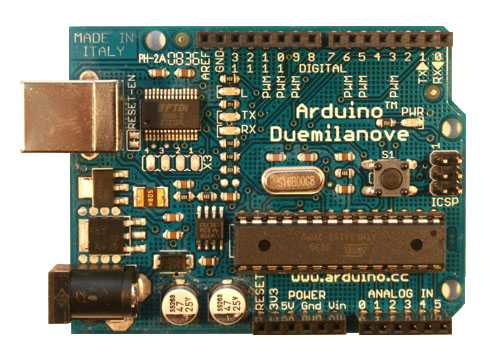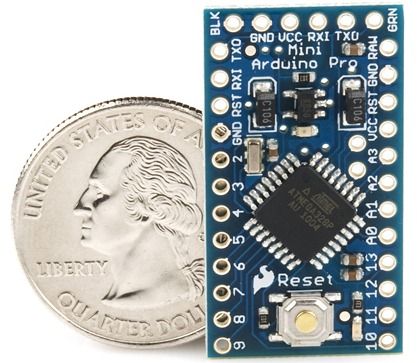Nanowrimo: Arduino Style
Tip! This post is part of a series on my adventures with Arduino
Today marks the beginning of National Novel Writing Month (NaNoWriMo). Instead of writing a crappy novel (maybe next year), I decided to do one code-related project every day for 30 days. As it happens, the super sweet microcontroller I ordered, the Arduino, arrived today. And so, that’s what I’ll do: 30 days of Arduino.
My goal is to post a tiny little Arduino project each day. Except for some HandyBoard work my freshman year in college, I’m brand-spanking new to this stuff so these projects are going to be at a truly beginner level.
I’ll briefly describe what an Arduino is for those that have no idea what I’m talking about. Arduino is:
Arduino is an open-source electronics prototyping platform based on flexible, easy-to-use hardware and software. It’s intended for artists, designers, hobbyists, and anyone interested in creating interactive objects or environments.
That is, it’s a little board with circuits and chips and stuff that you can wire things up to. Then, you write programs to control it and neat things happen. Here’s what it looks like:

It’s about half the size of a fancy smart phone—it easily fits in your hand. Even small hands!
Oh, and it’s $25—$30 shipped.
The coolest thing about Arduino, besides it’s capabilities and awesome price, is it’s popularity. Being open source, a lot of different people make it, and it comes in a lot of different sizes. For small projects, you can get something like this:

It’s widely available, and being crazy popular, there’s a lot of people posting tutorials, examples, and accessories for it. The community support behind this thing is incredible. This is good, because I’m going to need all the help I can get.
My first project will be up shortly.
